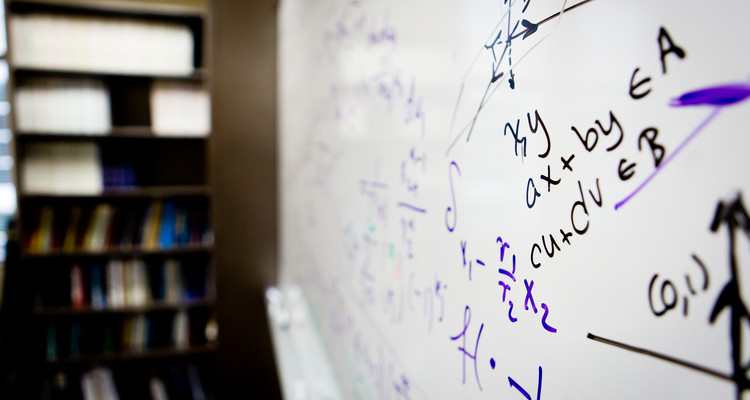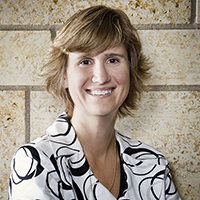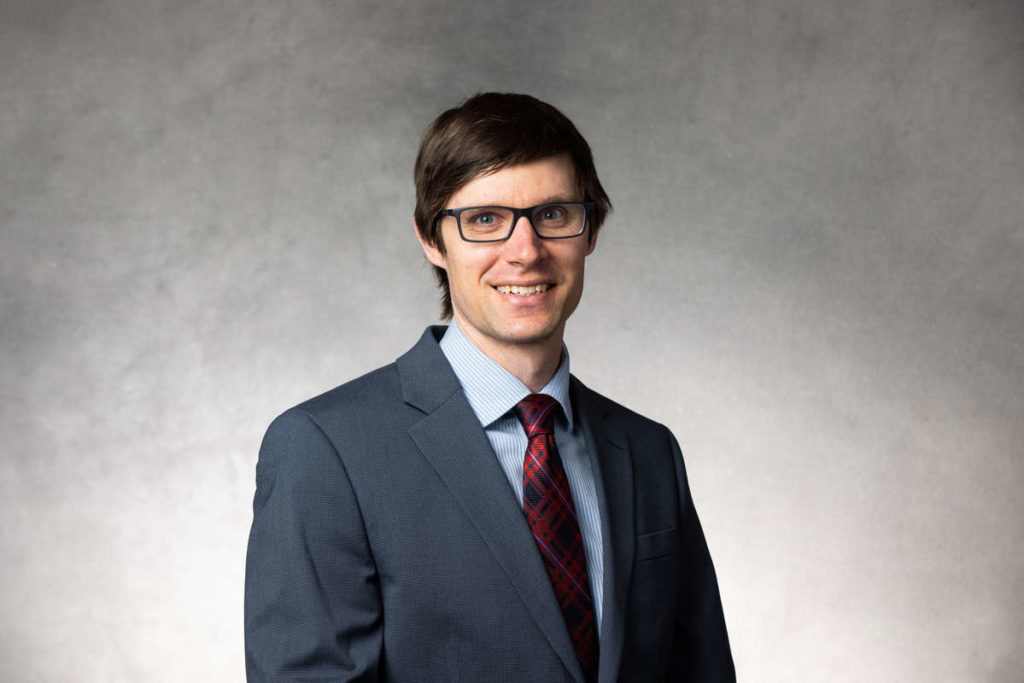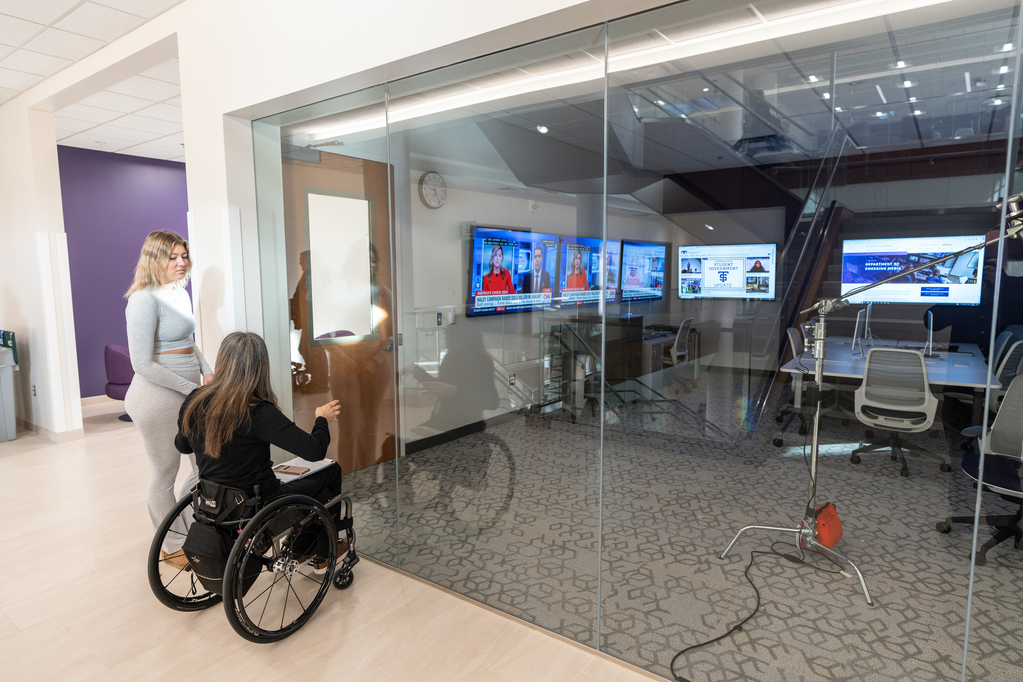This spring, assistant professor Debbie Monson, Ph.D., made an innovative change to the way her students engaged in one of their required field experiences.
Teacher education students at the University of St. Thomas are required to complete 30 hours of in-classroom field experience prior to student teaching. Monson, a teacher education faculty member, saw an opportunity for her secondary mathematics education students to make a stronger connection between their coursework and their field experience through a partnership with a St. Paul magnet school. The teacher education candidates completing their third field placement prior to student teaching – or “block three” students – engaged in a new program allowing students to meet with a current teacher during their required math methods course.
Each student was placed with a different teacher at Washington Technology Magnet School, creating a unique and immersive experience.
“Having all of the students in the same building allowed them to compare structure and policies of the entire building,” Monson said. “They could talk about how each teacher dealt with a particular situation in comparison to another teacher, knowing that all of the students were in similar situations.”
Monson created the program through a connection with middle school math teacher Tom Koreltz. Koreltz, who Monson met through St. Thomas’ partnership with the TC2 Urban Teacher Residency program, teaches middle school math at Washington Tech.
“He helped place all five of our math methods students with teachers that he thought would model best practices,” Monson said. “Then he and I co-taught two class sessions of the methods course.”
Monson received consistently positive feedback on the program, and two of the five students stayed on to complete their student teaching with their Washington Tech mentor teacher.
“It was a good match in philosophy between Tom and I and the mentor teachers. This was a high-quality placement in a program with a similar philosophy to ours at St. Thomas,” Monson said. “Students were able to come back to my class to talk about the connection between theory and practice – and the pieces that weren’t in practice. We talked about how to adapt and put those ideas into action, when we know research says these theories work.”
The theory-to-practice aspect of the course helped students apply their learning in a real-world setting.
“Being able to apply the theoretical and then analyze it almost immediately, especially with someone seeing the same situations as the rest of us, will be incredibly beneficial going into my clinical practice next semester,” student Emily Punkyo said. “I loved being able to come back to my class after seeing student examples and work and discussing what we could do to improve.”
Due to its success, the program may expand to additional teacher education content areas in the future.








